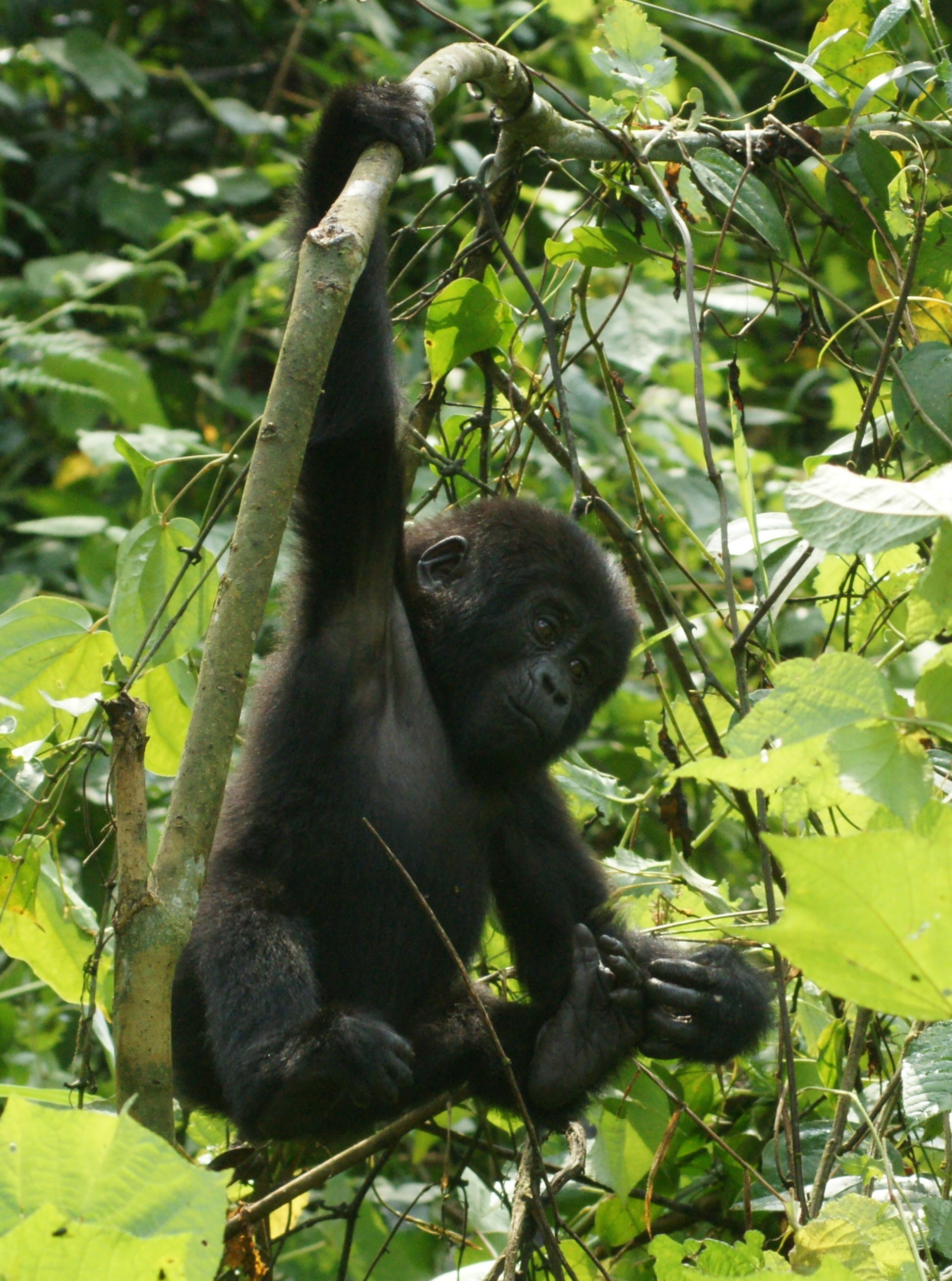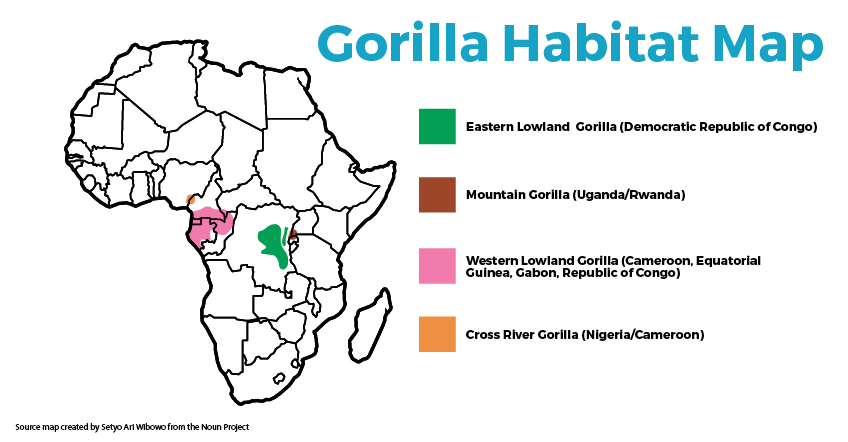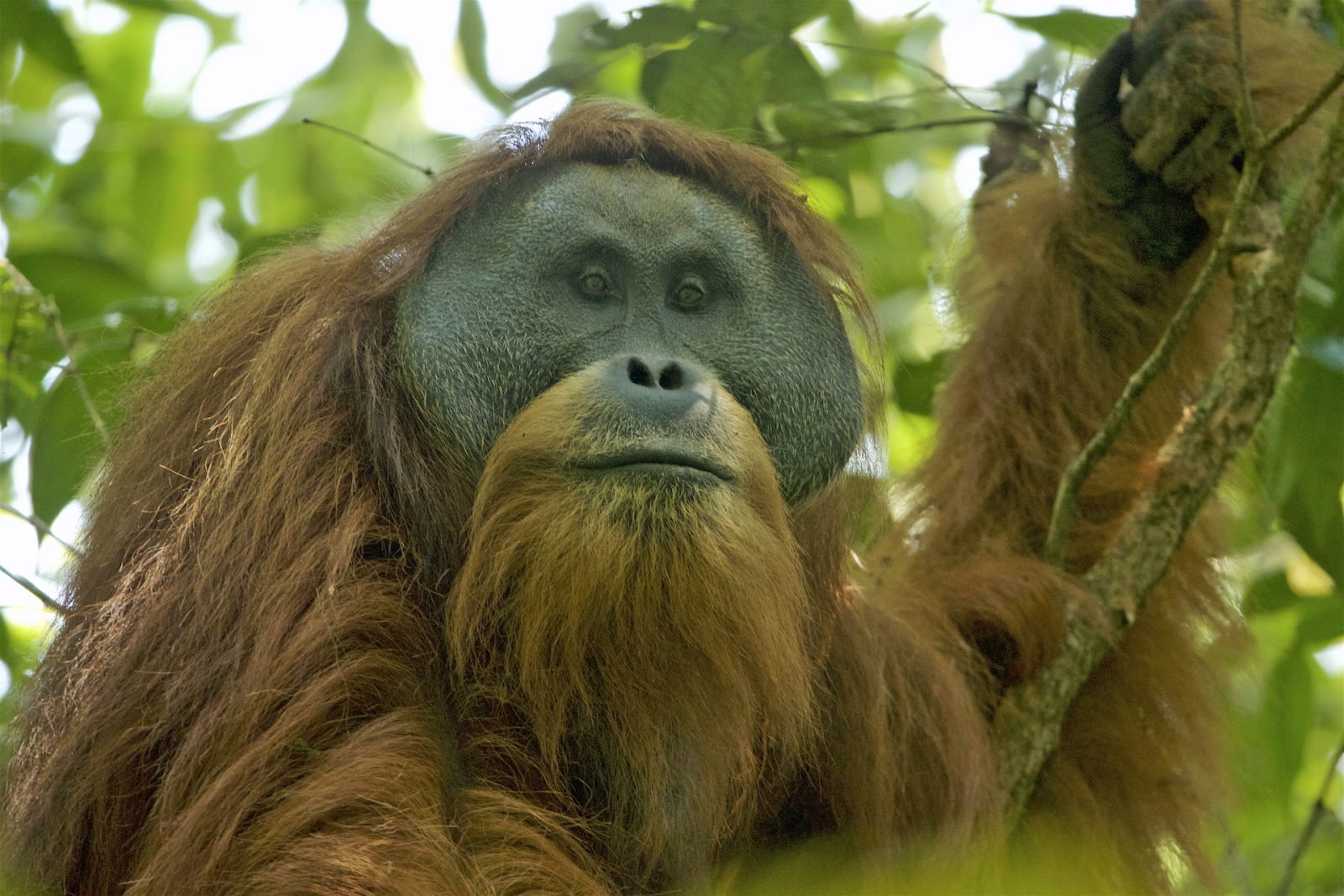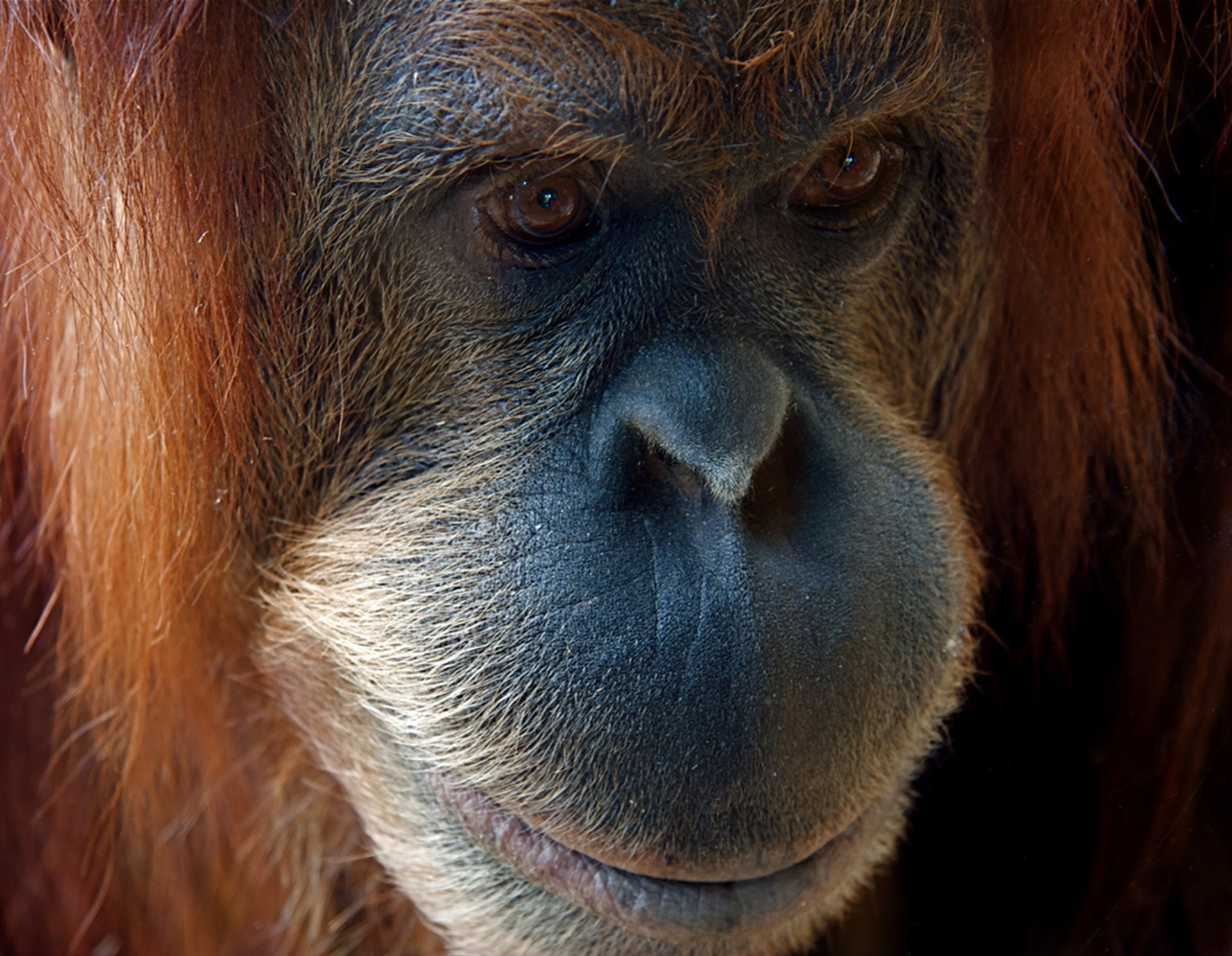Historically, scientists have treated Neanderthals and humans (homo sapiens) as separate species, but this has been called into doubt. Homo neanderthalensis (Neanderthals) and homo sapiens clearly share some links, as the majority of the human race, has around 2% of our genome from the Neanderthals.
Thought to have split around half a million years ago, the Neanderthals are thought to have arrived in Europe up to 430,000 years ago. Humans only left Africa (and arrived in Europe around 50,000 years ago.
It suggests, that Neanderthals and humans coexisted around 50,000, in a relatively harmonious way, and interbreed relatively frequently. The issue with this, is that according to strict rules, separate species are not supposed to be able to produce fertile offspring, when they interbreed (there are plenty of examples of ligers (it should be noted that generally, while the female liger (or tigon) is infertile, the male is usually fertile) or zeedonks in zoos, where closely related individuals were put in the same enclosure for company, only to find that an unexpected offspring occurred.
This suggests, that Neanderthals and Homo Sapiens, should not be considered as separate species, but merely separate subspecies (much like the Amur leopard of far eastern Russia, and the Cape leopard of Southern South Africa, are both leopards, so could have offspring).
It is true, however, that there are no individuals with high levels of Neanderthal DNA. However, it is quite easy to see how interbreeding could eliminate a subspecies. Should the wolves from France migrate west into Spain, in large numbers, the Iberian wolf, and its genetic traits could be lost. While in some instances this can be positive, as it can give a subspecies with low genetic variability the capability to recover, It can also have a negative impact – imagine the Amur tiger, whose wild population in the 1940s was below the lowest that the Amur tiger population dropped to just 50. Had humanity transferred 50 Bengal tigers into this range, and they had interbreed with Amur tigers, before dying of the cold, there offspring, would likely have not had long enough coats to survive the harsh winter, and the whole subspecies would have likely been lost.
All this is to say, that we need to be careful how we reintroduce species. It is one thing, if a subspecies has already been lost, as a closely related subspecies is better than a hole in the food web, but if this subspecies is introduced to help the population, it may instead drag it towards extinction.
















